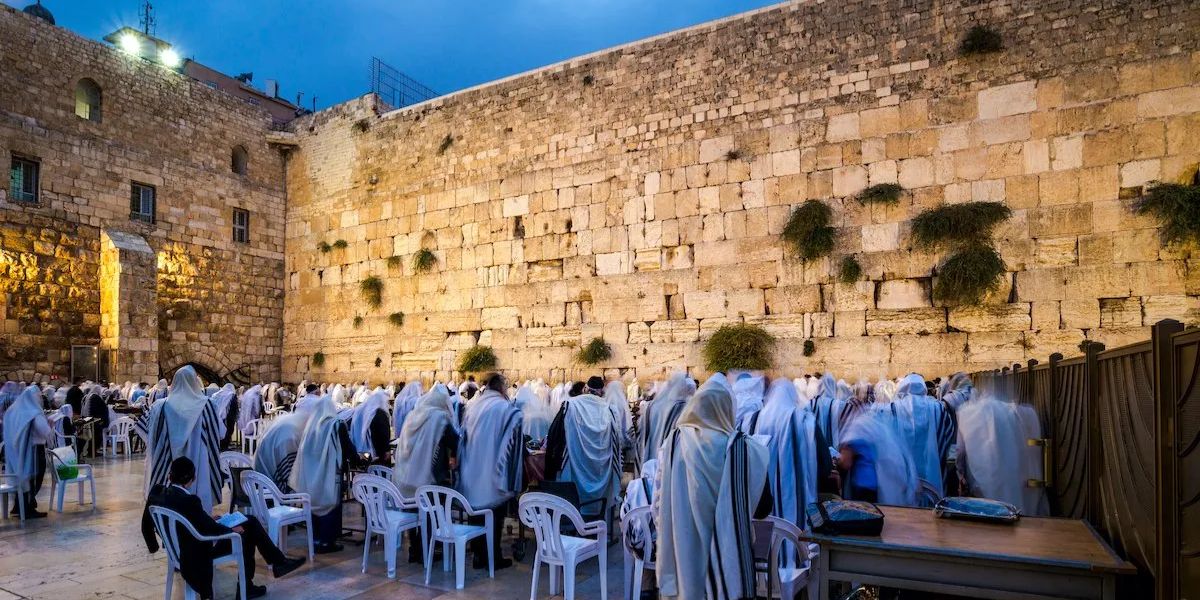Across Asia, a quiet but significant movement is taking shape — Jewish heritage travel is emerging as one of the region’s most intriguing cultural tourism trends. Once limited to a handful of scholars and history enthusiasts, Jewish-themed travel itineraries are now drawing a broader audience, including both Jewish travellers seeking ancestral connections and non-Jewish tourists fascinated by this underexplored aspect of Asia’s multicultural story.
From Shanghai’s Ohel Rachel Synagogue to Kolkata’s historic Beth El, travellers are rediscovering sites that once formed the backbone of vibrant Jewish communities. These journeys are more than vacations; they are acts of remembrance and connection, bridging past and present through stories of migration, resilience, and renewal.
Table of Contents
Rediscovering Forgotten Jewish Footprints
Asia’s Jewish history is older and richer than many realise. Communities in Kaifeng, China date back nearly a thousand years, while Baghdadi Jewish merchants in Singapore and Hong Kong helped shape colonial trade networks in the 19th century. In India, synagogues in Kochi, Pune, and Mumbai still echo with prayer chants from centuries past.
Heritage tours across these destinations are offering immersive experiences — visitors explore ancient cemeteries, synagogues, and archives, while meeting local caretakers who safeguard these stories. According to the Asia Cultural Heritage Network, travel interest in such sites has grown by nearly 40% in the past five years, driven by both diasporic families tracing roots and cultural tourists eager to understand Asia’s lesser-known communities.
The Role of Israel–Asia Partnerships
The surge in heritage tourism is also being powered by new Israel–Asia partnerships. Travel companies in Tel Aviv are collaborating with Asian operators to create curated itineraries combining cultural education with leisure experiences. For example, groups visiting Shanghai and Harbin often include stops at Jewish museums alongside culinary tours and art exhibitions celebrating shared histories.
Municipal governments have taken notice too. The Hong Kong Tourism Board recently supported research on Jewish landmarks in Central, while Japan’s Kobe community has started offering educational tours of its wartime refugee shelter, which once saved thousands of Jews fleeing Europe. These programs not only preserve local heritage but also stimulate sustainable tourism in culturally significant neighborhoods.
Economic and Cultural Impact on Local Communities
For Asian cities, this trend represents both a cultural revival and an economic opportunity. Heritage tourism attracts longer stays and higher visitor spending compared to conventional travel. Boutique hotels near restored synagogues in cities like Penang and Yangon have reported a steady uptick in bookings from faith-based and historical tours.
Moreover, the demand for authentic storytelling has encouraged partnerships between local historians, architects, and Jewish heritage organizations. This collaborative ecosystem ensures that restoration projects and visitor experiences respect both religious authenticity and historical accuracy. The process often brings employment opportunities for local artisans and guides, promoting inclusive growth within the community.
Digital Storytelling and the Younger Generation
A key driver behind the renewed interest in Jewish heritage travel is digital media. Young travellers are discovering heritage tours through social platforms that highlight photogenic synagogues, archival exhibitions, and oral-history projects. Platforms like Instagram and TikTok have made historic sites visually appealing, while podcasts and YouTube documentaries provide context to those planning their trips.
This new wave of digital storytelling has also inspired universities and Jewish youth organizations in Israel and Asia to collaborate on heritage internships — enabling students to document and share stories from Jewish communities that once thrived in Asia’s trading ports. The outcome is a generational bridge between traditional preservation and contemporary tourism.
Challenges in Preserving Authenticity
Despite the momentum, heritage travel in Asia faces challenges. Many sites lack funding for proper conservation, and some communities are now reduced to a handful of members maintaining vast properties. Balancing tourism with respect for sacred spaces requires thoughtful management.
Cultural tourism experts suggest implementing visitor caps, multilingual interpretive signage, and community-led guides to prevent commercialization. For Jewish organizations abroad, supporting these efforts through fundraising and awareness campaigns has become an act of collective stewardship.
A Path Forward for Cultural Understanding
As Jewish heritage travel continues to expand, it is becoming more than a niche market — it’s a living dialogue between Asia’s past and present. Each restored synagogue, each rediscovered family archive, tells a story not just of Jewish endurance, but of Asia’s capacity for coexistence and renewal.
The journeys are changing perceptions, reminding visitors that Jewish history is not confined to Europe or the Middle East but has long been interwoven with the ports, markets, and communities of Asia.
Call to Action
What do you think about the rise of Jewish heritage tourism across Asia? Share your thoughts in the comments and explore more community and business insights at jewishtimesasia.org.










